Mozambique: 2/3 of health units without drinking water in one northern district
Mozambique: Cabo Delgado, Nampula & Niassa Humanitarian Snapshot – May 2021
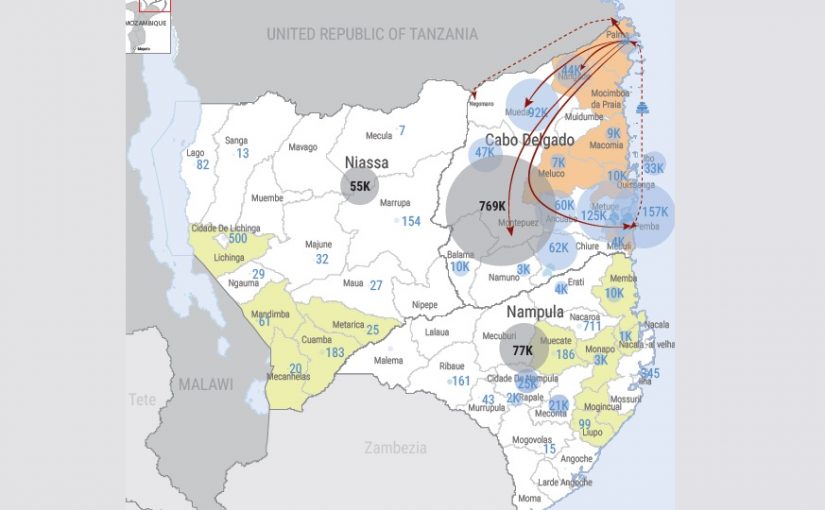
Image: OCHA
Overview
Thousands of people continued to flee Palma each week in May 2021, with displacement from the district nearly doubling from the end of April (31,400 people) to the end of May (nearly 64,000 people), according to the latest figures from IOM/DTM. In addition to those who fled through dangerous and difficult routes inside Mozambique -both by road and sea- in search of safety, almost 3,800 people tried to seek asylum in Tanzania but were forcibly returned to Mozambique through the Negomano border point in May, according to Mozambican border authorities and UNHCR.
The overall number of people displaced by the armed conflict in Cabo Delgado rose to more than 732,200, and at least 30 per cent of these people have been forced to flee more than once, according to the latest data from IOM/DTM. Most displaced people—nearly 663,000—were seeking refuge within Cabo Delgado Province, while almost 67,000 had fled to Nampula, 1,200 were in Zambezia, over 1,130 in Niassa, and 153 in Sofala. Some 77 per cent of people displaced in northern Mozambique were women and children at the end of April, while there were 2,733 unaccompanied minors, 2,912 pregnant women, 9,541 elderly people, and 806 people with disabilities.
Protection violations remained a major concern. At least 51 children, most of them girls, were abducted by non-state armed groups in Cabo Delgado over the past 12 months, according to new analysis by Save the Children. There were also reports in May of women and girls being abducted, forced into marriage, and subjected to sexual violence, as well as of children being forcibly recruited into armed groups, according to UNHCR.
Although the ongoing harvest is expected to improve food security in other parts of Mozambique, the conflict in Cabo Delgado has disrupted livelihoods and people hiding in the bush are thought to be facing the most severe food insecurity, according to FEWSNET. Hunger is not only increasing in rural zones but also in urban centres, including Cabo Delgado’s capital, Pemba, which hosts the highest number of displaced people in the province (157,000) and where 40 per cent of people are facing high acute food insecurity (IPC Phase 3 and above), according to the Integrated Food Security Phase Classification analysis.
In addition to COVID-19, Cabo Delgado faced multiple other disease outbreaks. Malaria cases were well above the level in 2020, with nearly 343,000 cases and 30 deaths reported between January and May 2021, compared to around 205,000 cases and 15 deaths in the same period of 2020. Febrile syndrome affected more than 67,200 people from January to May, while at least 10 cases of acute flaccid paralysis were reported in the same period. While no new cases of the plague were reported in May, some 85 people were affected earlier in the year. The cholera situation, on the other hand, significantly improved in May, with no new cases identified in Cabo Delgado and 65 in Nampula, where only 5 people contracted the disease in the last week of the month.
- Download infographic HERE


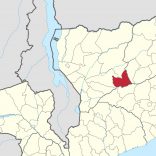
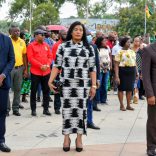

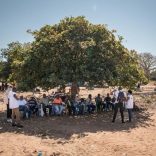
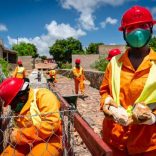
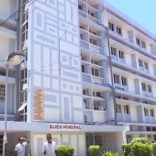




Leave a Reply
Be the First to Comment!
You must be logged in to post a comment.
You must be logged in to post a comment.